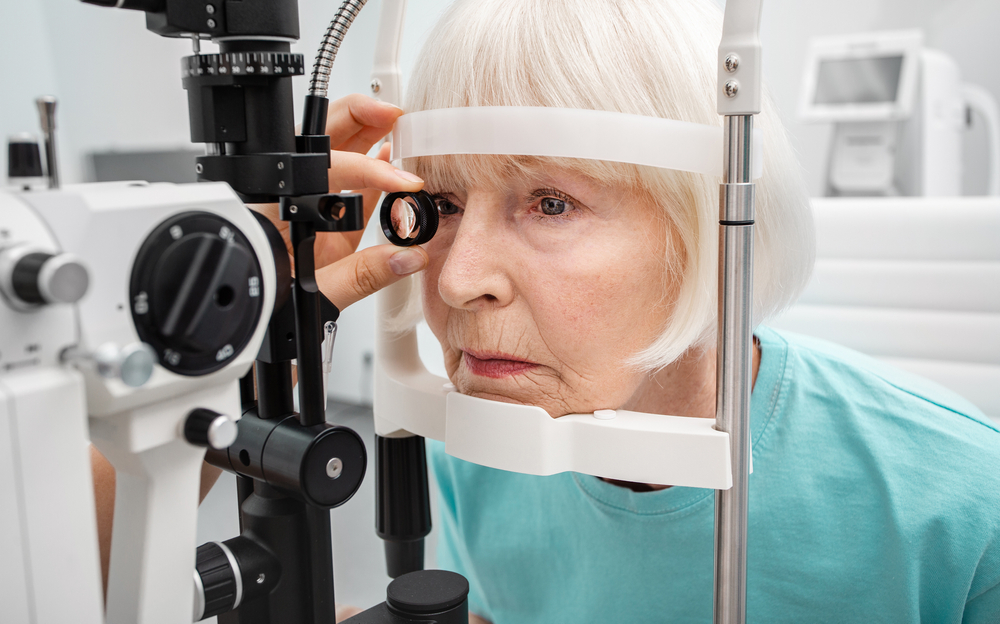
Glaucoma is often referred to as the "silent thief of sight" because it typically shows no symptoms until significant vision loss occurs. It is the leading cause of blindness for people over 60 years old. However, blindness from glaucoma can often be prevented with early detection and treatment. This underscores the importance of regular eye exams and understanding how glaucoma is diagnosed.
There's a common misconception that glaucoma is a singular disease. However, it's a group of diseases, all of which can cause a gradual loss of sight without any warning signs. Each type of glaucoma may present different symptoms and require different treatment approaches, making it vital to understand the nature of this complex disease.
The Role of Eye Exams in Glaucoma Detection
Eye exams play a pivotal role in glaucoma detection. Regular comprehensive eye exams can help detect glaucoma in its early stages, before significant damage occurs. These exams involve a series of tests designed to evaluate your vision and check for eye diseases. One of the critical tests performed during an eye exam is the glaucoma test.
A glaucoma test is a part of a comprehensive eye exam. The test itself is painless, and it's vitally important in detecting the disease early before it leads to serious vision loss. Early detection of glaucoma can help to slow its progression and save your sight.
How is Glaucoma Diagnosed: Essential Factors
The diagnosis of glaucoma is made based on a number of factors. These include the appearance of your optic nerve, your eye pressure, your peripheral (side) vision, and the angle in the eye where the iris meets the cornea, which is known as the drainage angle.
The first thing your eye doctor will examine is the condition of your optic nerve. If your optic nerve looks unusual or if it has changed since your last exam, it might be a sign of glaucoma. But an unusual optic nerve doesn't necessarily mean you have glaucoma, as other eye conditions can also change the appearance of the optic nerve.
Your eye pressure is another important factor in diagnosing glaucoma. Higher-than-normal eye pressure is often a primary indicator of the disease. However, it's possible to have glaucoma without increased eye pressure. This is known as normal-tension glaucoma.
Different Types of Glaucoma Tests
There are several different types of glaucoma tests that eye doctors use to diagnose the disease. These tests are designed to check for different signs of glaucoma and can help to provide a more comprehensive understanding of your eye health.
The tonometry test measures the pressure inside your eye. During this test, the eye doctor may use a device called a tonometer to measure your intraocular pressure (IOP). An elevated IOP is a sign of glaucoma.
The perimetry test, also known as a visual field test, measures your entire field of vision. This test can help to identify any areas of vision loss due to glaucoma.
Gonioscopy is another test that can help diagnose glaucoma. During this test, a special lens is used to examine the drainage angle in your eye to see if it's open or closed.
Conclusion
Early detection and treatment of glaucoma is critical to prevent irreversible vision loss. Understanding the importance of regular eye exams and how glaucoma is diagnosed can make a significant difference in preserving your vision.
For more information on how glaucoma is diagnosed during an eye exam, contact Clarity Vision in Suffolk, Virginia. Call (757) 638-2015 to schedule an appointment today.
















